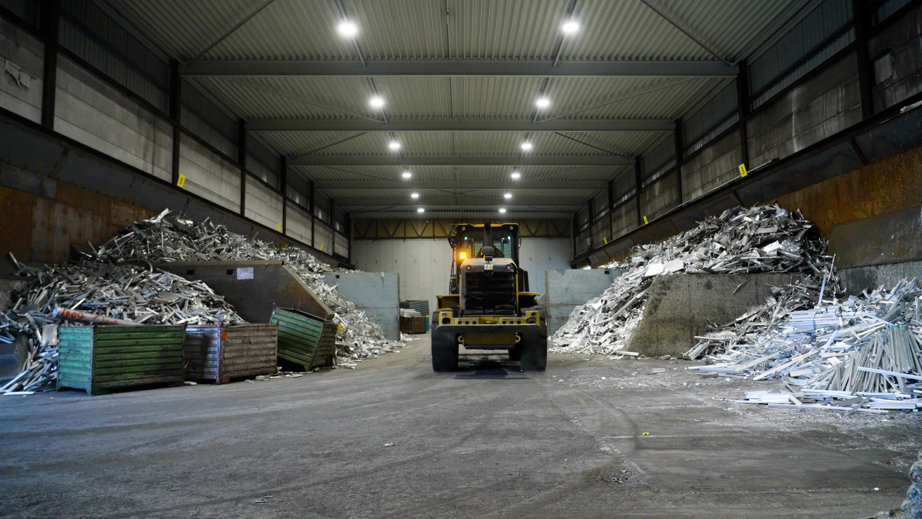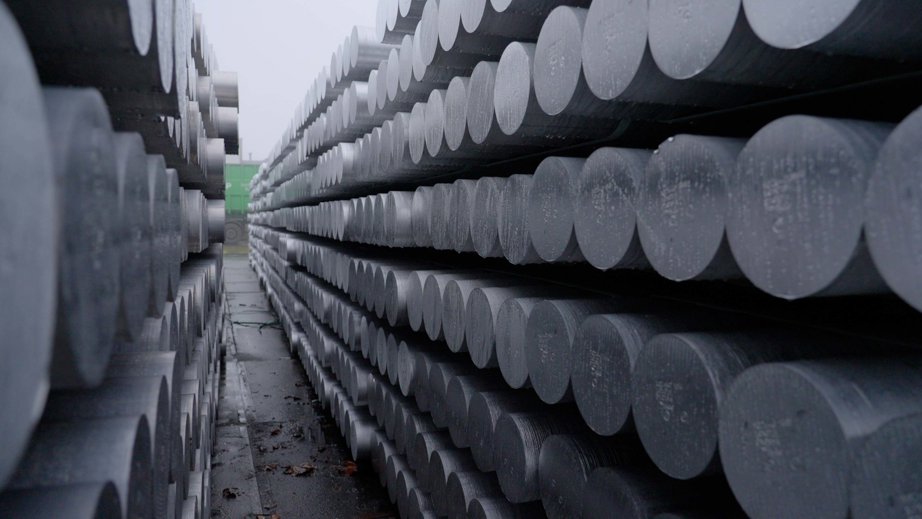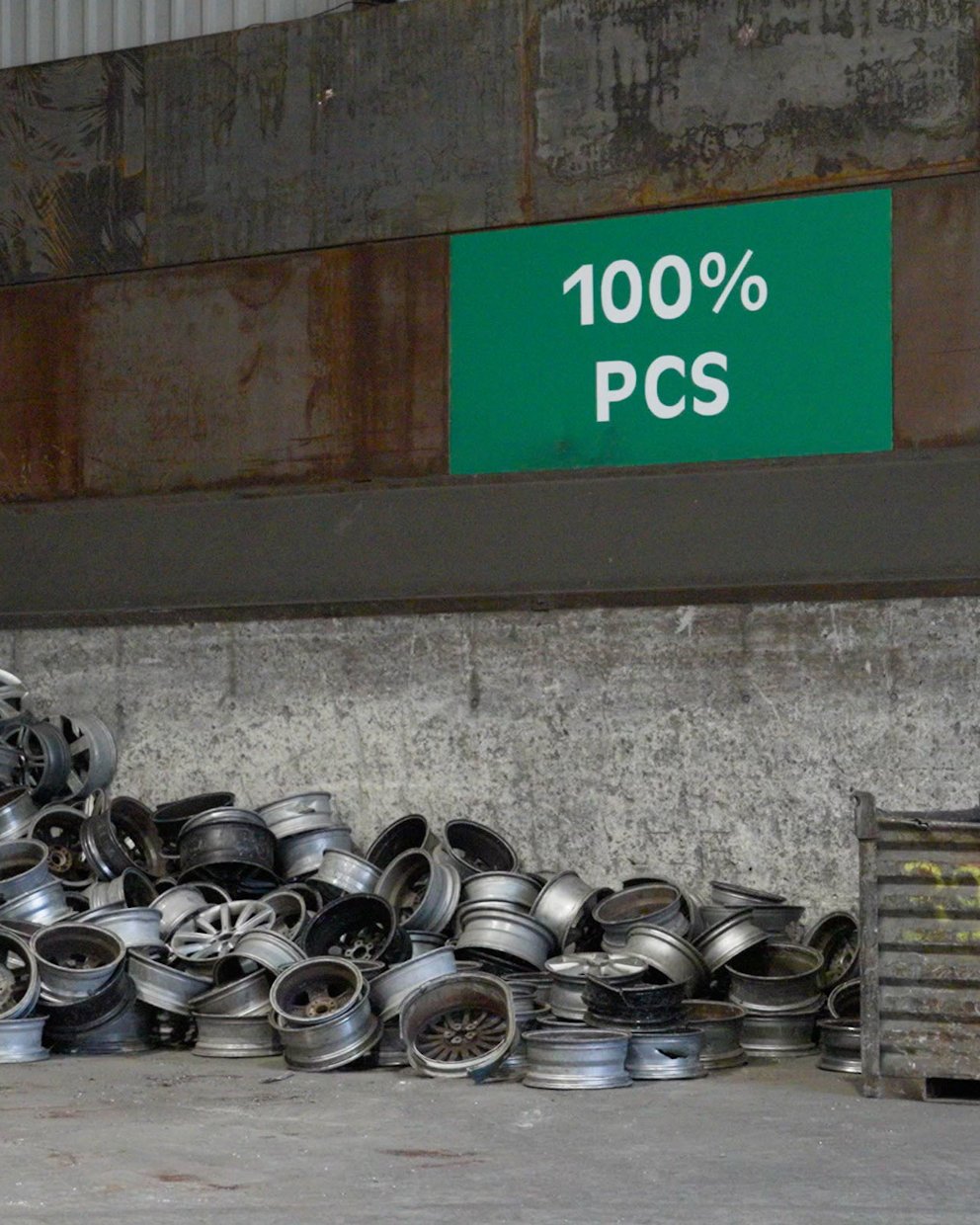Let me begin with the fact that, in the world, only 11 mineral commodities are included on every government’s critical materials list. Aluminium is one of them. We all need aluminium, which is all around us. It is in our windows, the door you walk through at your local grocery store, the wheels on your car, the plane that takes you on your next vacation, and in the military and police equipment that help keep us safe.
This includes recycled aluminium. Aluminium is infinitely recyclable, and since recycling requires only 5 percent of the energy used to produce primary aluminium in a smelter, it is a backbone of the circular economy. Unfortunately, we are seeing way too much aluminium scrap ending up in landfills, or on ships sailing to countries far away.
I would like to focus on the latter, on the exporting of scrap aluminium.

The United States is by far the largest exporter of aluminium scrap worldwide, with scrap exports exceeding 2 million tonnes in 2023. Most of this metal went to Asia. The European Union was No. 2 on the list, with aluminium scrap exports of more than 1.1 million tonnes. Most of this is so-called dirty scrap – used and discarded metal – as opposed to production scrap.
Both the U.S. and the EU have been net exporters of aluminium scrap for decades. I believe this can and should change, for climate reasons and for business reasons.
Investing in aluminium sorting technology
In 2024, the U.S. Aluminium Association put together a policy brief for the country’s incoming presidential administration. This brief listed aluminium recycling as a top priority, and suggested that the industry and government authorities in the U.S. invest in recycling infrastructure and pursue new policies that grow scrap retention, collection and sortation.
Their ideas include incentives for investment in sorting technology, to give the industry what it needs to be able to utilize dirty scrap and accelerate the recycling of end-of-life metal. It makes sense. The relatively high prices for post-consumer aluminium scrap ought to persuade companies to invest in technologies such as X-ray and laser-induced breakdown spectroscopy (LIBS) sorting solutions. Helping the private sector bring additional technologies to scale is a proven path to success in many areas, and it would be very beneficial here.
The Aluminium Association also points out that the U.S. could choose to use legislation to restrict the outflow of scrap, such as the European Commission’s Waste Shipment Regulation, which came into effect in 2024. This regulation aims to ensure that the EU does not export its waste challenges to third countries and that it contributes to the environmentally sound management of waste. Such legislation may be appropriate where artificially inflated prices are being paid for scrap, or to equalize other non-market actions in other countries. This could be accomplished through export fees or other similar mechanisms to level the playing field.
Another option: We could propose legislation that facilitates scrap generation through incentives for better product design, what we call designing-for-disassembly. This would reduce the need for sorting and processing scrap metal that is too contaminated, for instance, to meet the standards of domestic producers. Metal that is less pure and more challenging to recycle.
However, simply put, neither the U.S. nor Europe have enough of the technology that is needed to take advantage of all the scrap that they are sending away in actual operation. Yet. But Hydro is leading the way in new developments to attack this challenge.
Making dirty aluminium scrap cleaner
At Hydro, where I work, we have more than 30 aluminium recycling plants in total in the U.S. and in Europe. I focus on three of the American plants. The first started operations in 1999 and the third in 2023. This third one, in Michigan, is benefiting from technology that wasn’t available back in 1999. The technology has improved each time and so have the business results. But let me underline that long-term success in this business requires collaboration.

The Michigan plant, in Cassopolis, is an example of this, and an example of how we can help slow or even stop the export flow of scrap aluminium, creating long-term career opportunities in advanced manufacturing along the way.
Shortly after the start of operations in Cassopolis, we helped establish Alusort, a joint venture with the U.S. recycling company PADNOS, located about an hour-and-a-half away. This site is supplying the Cassopolis plant and our recycling plant in Kentucky with end-of-life metal. Using advanced LIBS sortation equipment developed by Hydro, the site can dig deeper into the scrap pile and sort around 20,000 tonnes of end-of-life aluminium per year. This is metal from old cars, buildings, electronics and other consumer goods. It is metal that would otherwise be landfilled or exported.
My hope is that we see a growth in operations such as Alusort, which is enabling the recycling of more challenging scrap types here in America. Growth in operations like this would improve trade flows and help strengthen the circular economy.
Reducing emissions by keeping aluminium scrap home
The International Energy Agency (IEA) has constructed a model showing that the aluminium industry in North America needs to reduce its annual emissions by 92 percent by 2050, compared to the baseline year level in 2021. It also anticipates aluminium product output to grow by 78 percent over the same period.
The only way the industry can achieve this emissions reduction is through aluminium recycling. And this is achievable if the scrap being exported can instead be kept home and recycled domestically.
Advanced recycling is good for the environment and good for the climate. And, importantly for its continued growth, recycling is also good business, and it is here to stay.









